
Copenhagen and Amsterdam are famous for their sprawling bike paths and hoards of cyclists, but some U.S. cities are also on the biking bandwagon.
Transportation is the largest contributor to greenhouse gas emissions in the United States, and it’s clear that if we don’t curb our car usage, runaway climate change will only worsen. The World Health Organization finds that investments in policies that promote bicycling and walking are crucial for mitigating climate change and protecting the environment. By choosing to bike over riding in the car just once a day, the average person can reduce their transportation-related carbon emissions by 67%.
These U.S. cities are setting an example for how people-powered transportation can look. PeopleforBikes evaluates cities for their bikeability based on how many people ride bikes, the ease and safety of biking, the breadth of neighborhoods serviced by bike infrastructure, and how quickly the bike network is expanding. These ratings change a bit every year, but there are a few that consistently jostle for top positions.
If you’re looking to plan a vacation somewhere where you can see the sights via bike, or choosing your next dwelling place based on bikeability, here are a few of the most bike-friendly cities in the United States.
Boulder, Colorado
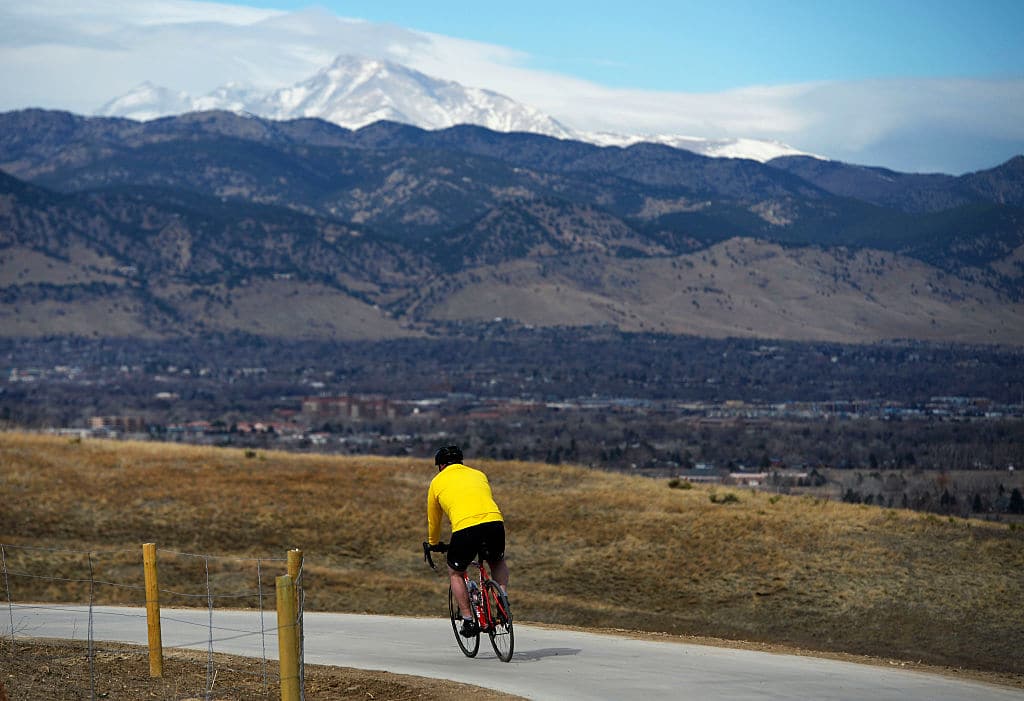
Take in views of the Rocky Mountains from a bicycle in Boulder. This city of over 100,000 took first place in PeopleForBikes’s 2019 ratings of the most bike-friendly cities in the U.S., and riding down its 300 miles of bikeway, it’s easy to see why — not to mention that Boulder sees 300 days of sunshine a year. Across the city you’ll see multi-use paths that are separate from car traffic, and designated underpasses for cyclists and pedestrians. People in Boulder are 20 times more likely to bike to work than the average American, but if you get caught in the rain and need to hop on a local bus, the whole fleet is equipped with bike racks. Dozens of self-service kiosks across the city rent out bikes, courtesy of Boulder Bcycle.
Eugene, Oregon
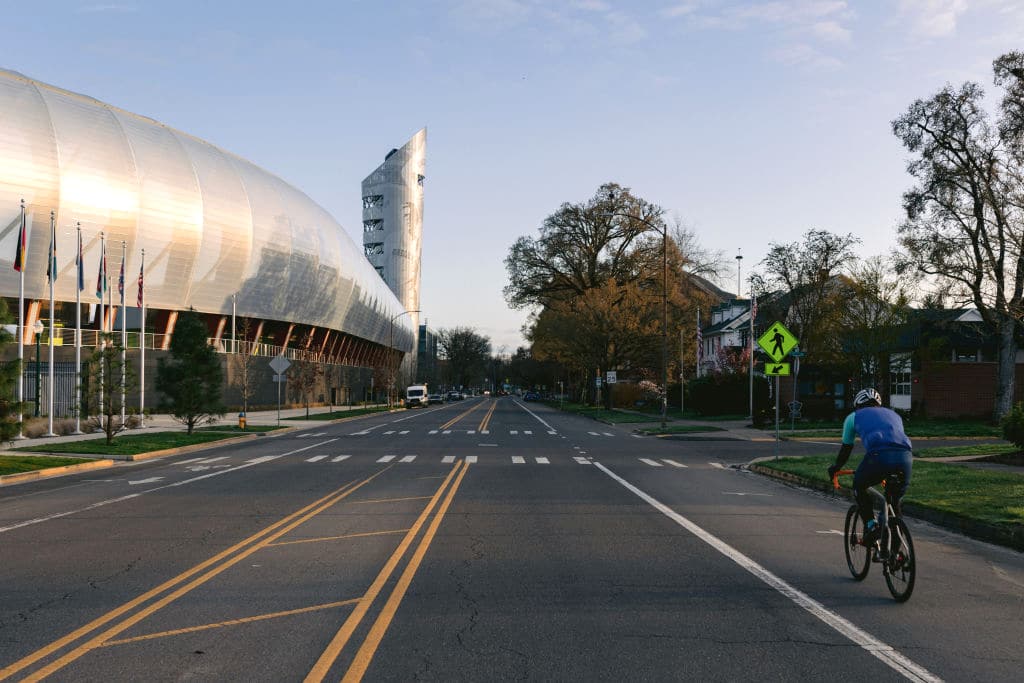
Biking has a long history in Eugene. The city started putting together bikeways in 1972 at the urging of the mayor (who was a cyclist himself). Now, it consistently ranks highly in surveys of bikeable cities, and was named a Certified Gold Level Bicycle Friendly Community by the League of American Bicyclists. The city has a strong bike culture — aided by decades-old community organizations like The Greater Eugene Area Riders — and boasts 46 miles of shared-use paths, 187 miles of on-street bicycle lanes, and 71 miles of signed bikeways/neighborhood greenways. Their Safe Routes to Schools program is also making improvements to walking/bicycling infrastructure used by students getting to and from school, like adding better bike lanes and having safer crossing areas for cyclists and pedestrians.
Davis, California
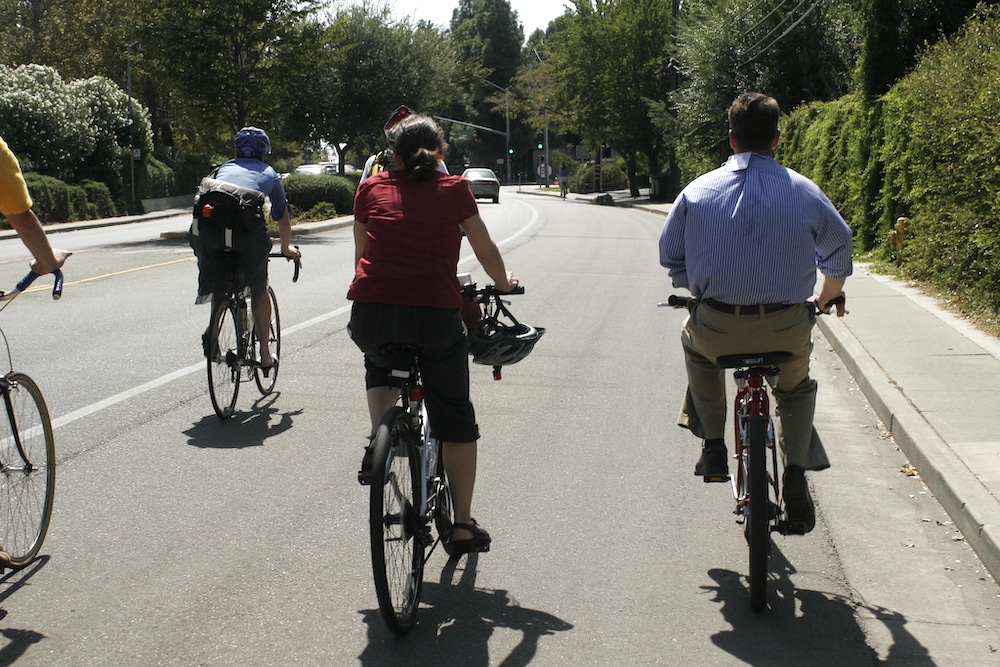
Davis opened its first bike lane in 1967 and never looked back. Now, 98% of main streets in the city have some kind of bicycle infrastructure — including wide paths removed from the street and air pumps placed throughout the city’s major corridors — and with its great weather and relatively flat terrain, the high bike-commuting rate of 13.8% comes as no surprise. The modal share for cycling in the city is around 20%, nearing the iconically-bike-friendly Netherlands’ 25%. If you need further proof of these high cycling rates, the Third Street Bike Counter displays a digital reading of how many cyclists passed that day, the day before, and the total for the year so far.
Davis is even home to the United States Bicycling Hall of Fame, and the nonprofit Davis Bike Collective houses a public DIY shop with tools for repairing bikes. Residents can register their bike with the city through Bike Index, which helps identify bikes that have been lost or stolen.
Portland, Oregon
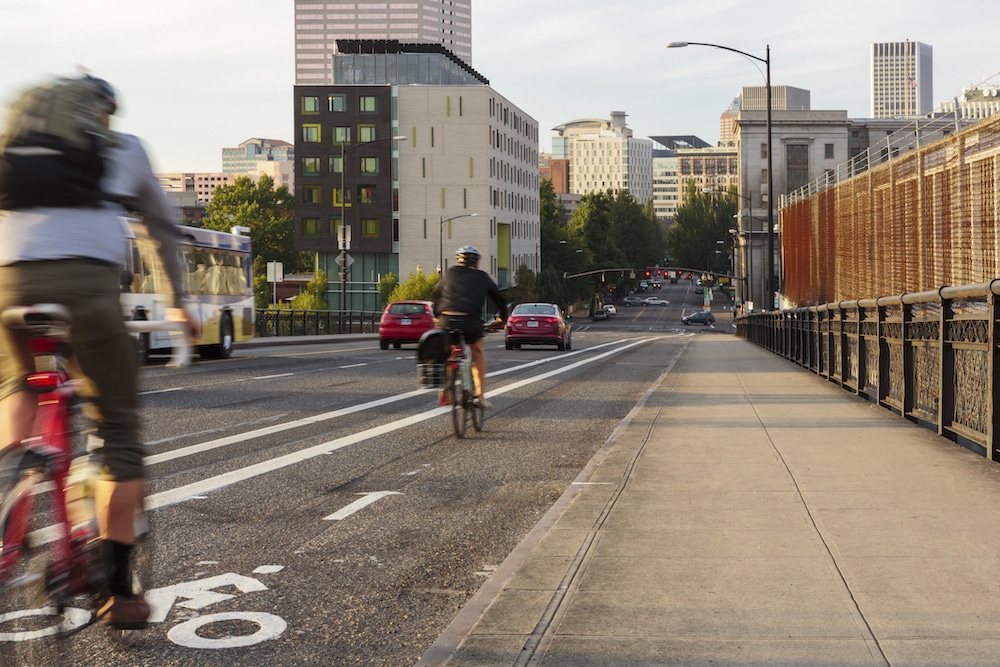
In 2017, 6.3% of Portlanders (over 22,000 people) commuted by bike, which is the highest percentage of bike commuters of any large American city. Compared with the national percentage of 0.5%, it’s clear Portland values bikeability. Their bike network is 385 miles in total — which includes greenways, bike lanes, paths, and shared roadways — with nearly 100 more miles to be installed within the next few years. In total, the city’s bicycling infrastructure is valued at $60 million, and it’s among the five U.S. cities to receive the Platinum Level Bicycle Friendly Community certification by the League of American Bicyclists, its highest designation.
Madison, Wisconsin
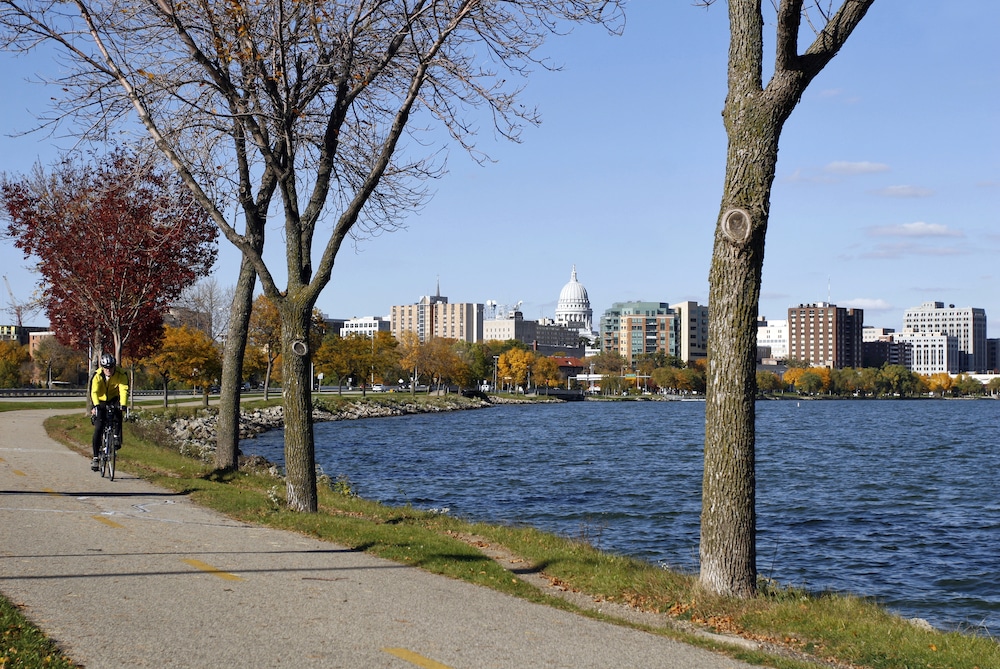
The unofficial bike capital of the Midwest, Madison touts that the city has more bikes than cars. It was named one of the healthiest cities in the country in 2015 by Livability, in part due to its walk- and bikeability. About 5% of residents commute by bicycle, and Madison BCycle makes it possible for visitors to check out bikes at over 40 locations around the city.
Brooklyn, New York
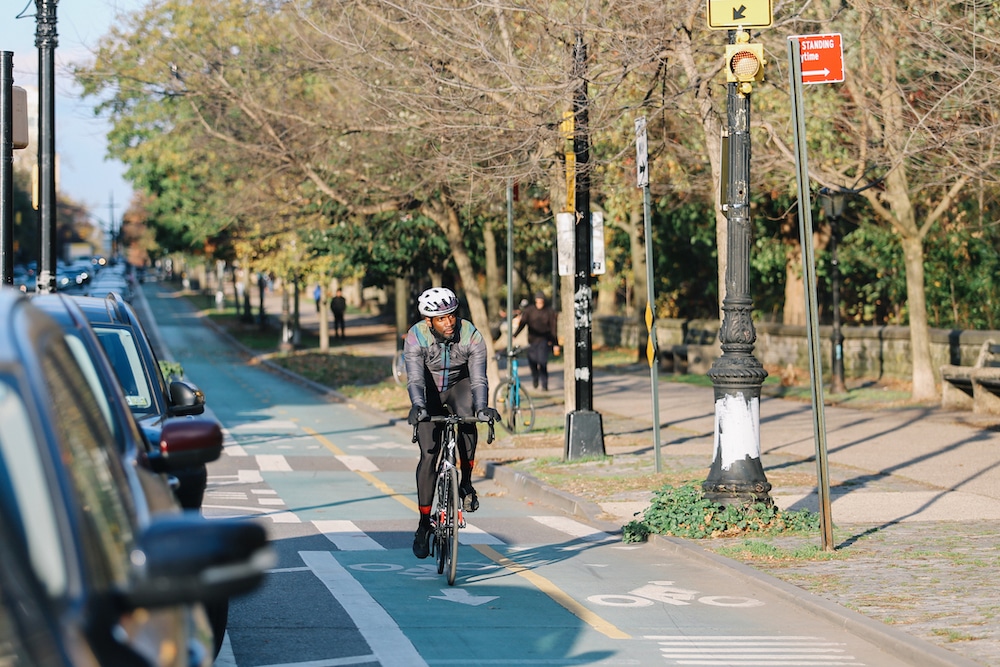
You might not expect a bustling, high-density city of 2.6 million to rank among the most bike-friendly of cities, but PeopleForBikes ranks Brooklyn over all other New York City boroughs, and 10th overall in the country.
On Hoyt Street in Downtown Brooklyn — one of the busiest commuter streets in the borough — bikes now outnumber cars, according to The New York Times. The popular rentable Citi Bikes are now ubiquitous, and every day sees 450,000 bike trips across the city, 20% of which are made by commuters. Brooklyn itself has more than 300 miles of bike paths, lanes, and greenways — more than any other borough — and claims to be home to the original bike path circa 1894: the Ocean Parkway Bike Path, which stretches from Coney Island to Prospect Park.
Fort Collins, Colorado
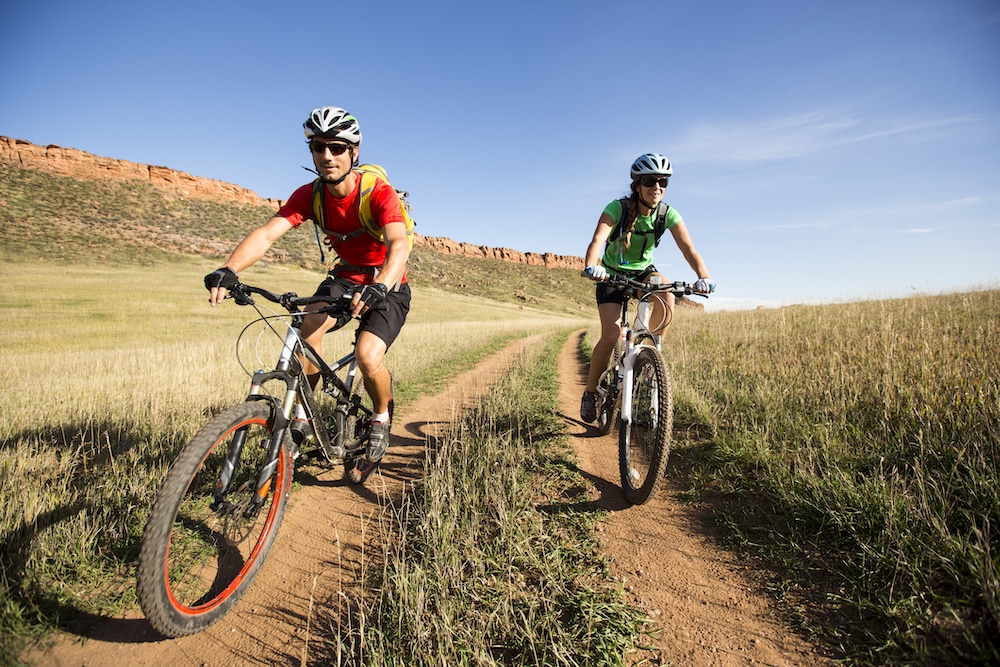
This mid-sized city in Northern Colorado is often neck-in-neck with Boulder in national ratings of bike-friendly cities. With 200 miles of dedicated bike lanes, multi use trails, bikeways, and shared roadways criss-cross over practically the whole city — all against a backdrop of the Rocky Mountain foothills — it is another recipient of the coveted Platinum Level Bicycle Friendly Community certification. The city’s trails, however, are the real star of the show. The Poudre River trail is 12 miles long and runs along the Cache La Poudre River (a National Heritage Area), which cuts right through downtown and then connects with another 22-mile section of trail — and in typical Colorado fashion, the trail heads right towards some of the city’s many craft breweries. Mark your calendar for the city’s Bike To Work (or Wherever) Day every year, where bikers can pick up free breakfast from local businesses and organizations all over town.
San Francisco, California
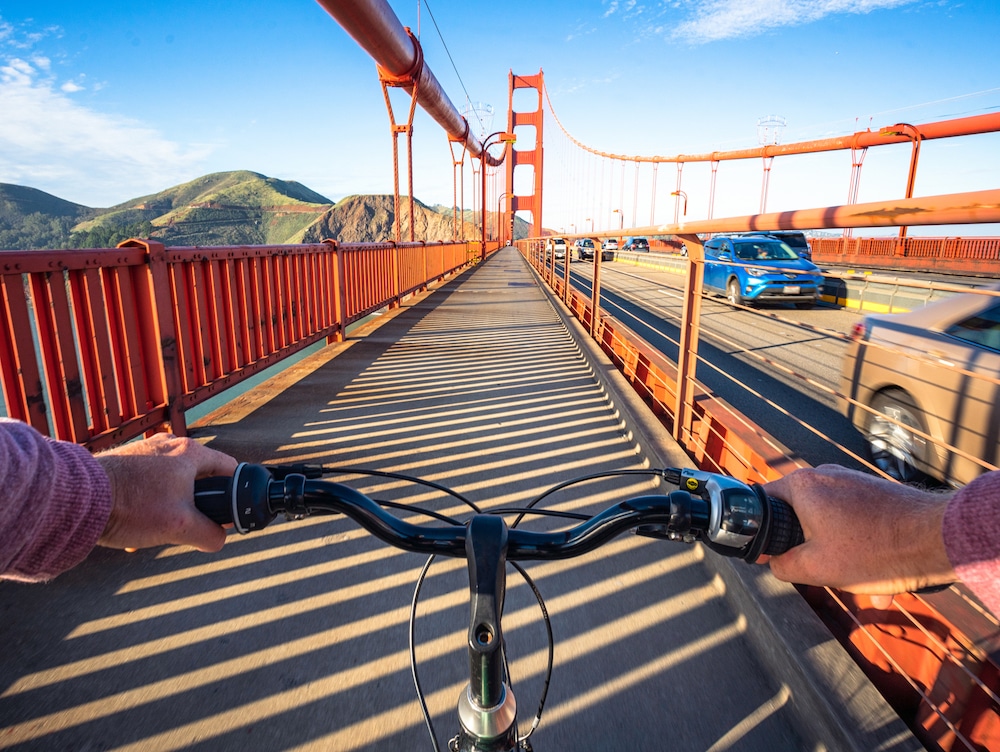
Consistently named one of the country’s most bike-friendly cities, San Francisco is home to beautiful, scenic bike paths like the Golden Gate Bridge Bike Trail, as well as robust biking infrastructure throughout the city. An average of 128,000 bicycle trips are taken daily on 463 miles of bikeway, and 16% of San Franciscans are “frequent cyclists,” meaning they bike two or more days a week. SFMTA has a trip planner on their website where residents and visitors can type in their start and end locations to find the best biking route there, and rent a bike from one of the 280 bikeshare stations across the city.
The post 8 of the Most Bike-Friendly Cities in the U.S. appeared first on EcoWatch.
